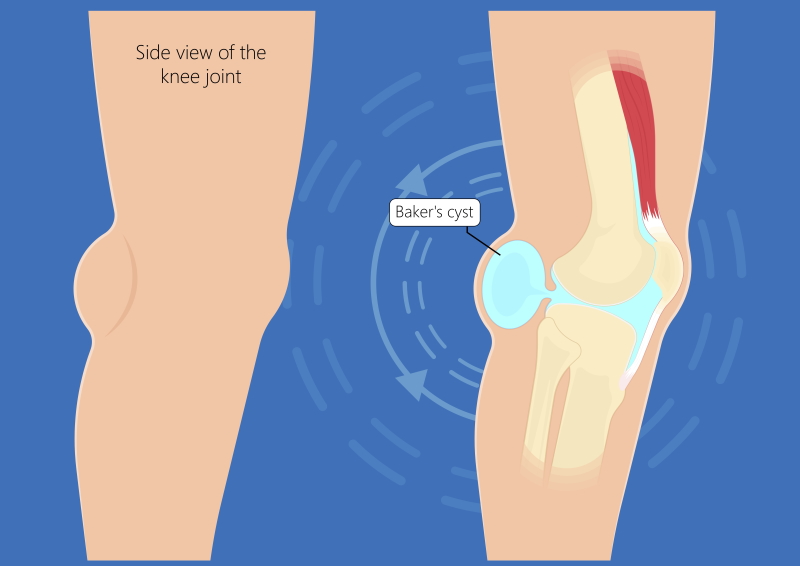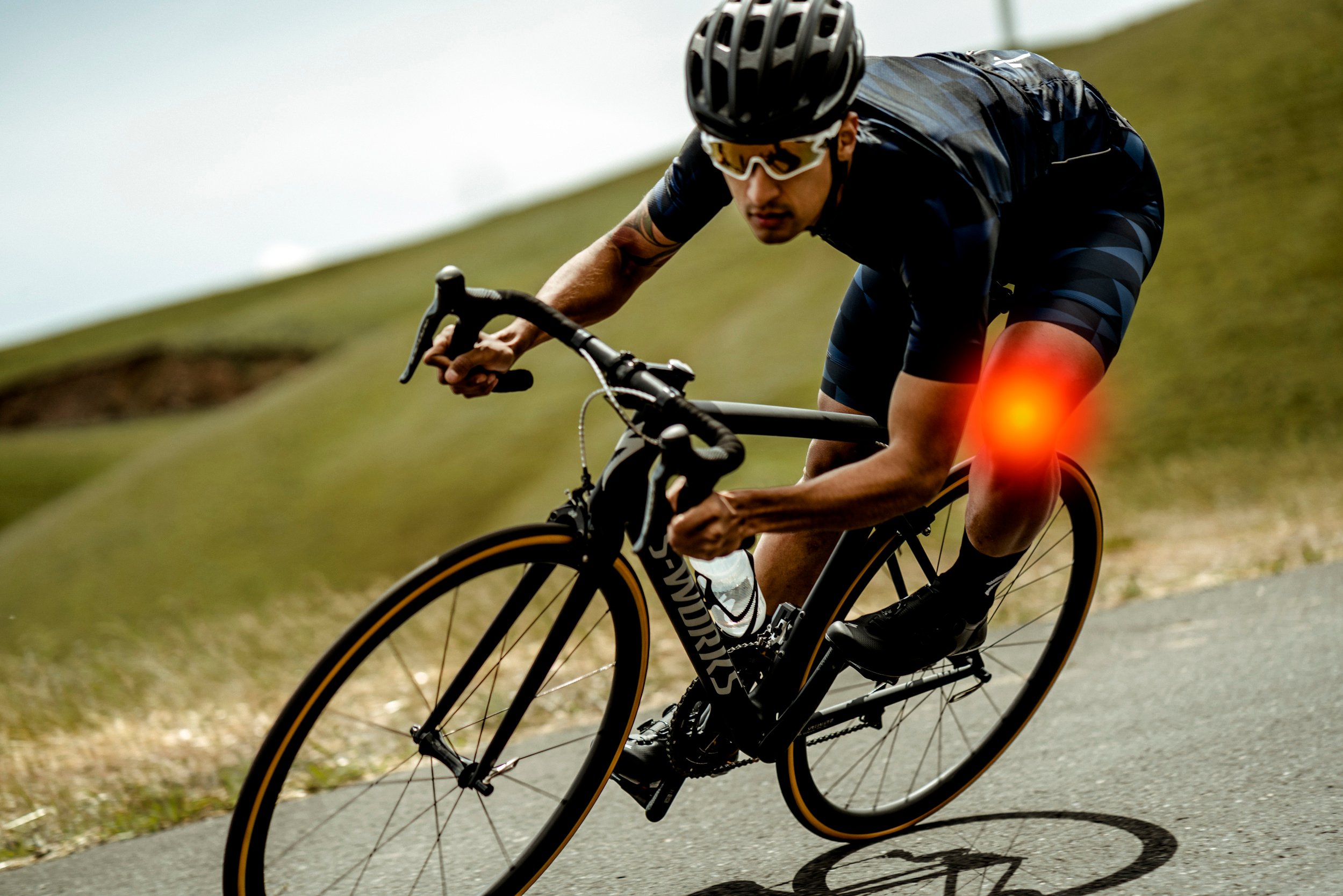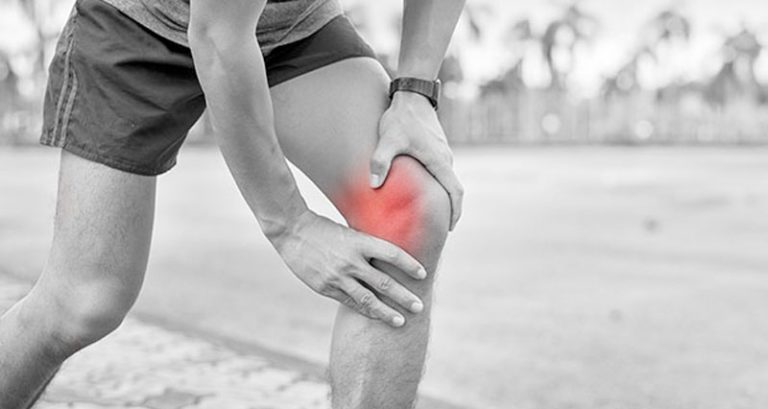Why Cyclists Are Prone to Knee Pain
Cyclists are particularly susceptible to knee pain due to the repetitive nature of pedaling and the constant strain on the knee joint. Sore knees after cycling can be a frustrating and debilitating issue, but understanding the underlying causes is crucial for prevention and treatment. Overuse is a common culprit, as cyclists often increase their mileage or intensity too quickly, leading to fatigue and strain on the knee joint. Poor bike fit is another significant contributor, as an improperly fitted bike can put unnecessary stress on the knee joint, leading to discomfort and pain. Inadequate warm-up and cool-down routines can also contribute to knee pain, as they fail to prepare the muscles and joints for the demands of cycling. By recognizing these common causes, cyclists can take proactive steps to prevent sore knees after cycling and maintain a healthy, pain-free ride.
The Anatomy of Knee Pain: Understanding the Culprits Behind Your Discomfort
The knee joint is a complex structure that plays a crucial role in cycling. It is comprised of bones, ligaments, tendons, and muscles that work together to provide stability and mobility. The knee joint is prone to strain and injury due to the repetitive nature of pedaling, which can lead to sore knees after cycling. The patellofemoral joint, where the kneecap meets the thighbone, is a common area of strain in cyclists. The iliotibial (IT) band, a ligament that runs down the outside of the thigh, can also become inflamed and irritated, leading to pain and discomfort. Additionally, the quadriceps and hamstring muscles, which are responsible for extending and flexing the knee, can become fatigued and strained, contributing to knee pain. By understanding the anatomy of the knee joint and how it relates to cycling, cyclists can take steps to prevent and treat knee pain, and maintain a healthy, pain-free ride.
How to Identify and Treat Sore Knees After Cycling
Recognizing the early signs of knee pain is crucial for effective treatment and prevention. Cyclists should be aware of symptoms such as pain, stiffness, or swelling in the knee joint, as well as clicking or grinding sensations. Sore knees after cycling can be treated with a combination of self-care techniques and exercises. Stretching exercises, such as quadriceps and hamstring stretches, can help reduce tension and improve flexibility. Strengthening exercises, including squats and lunges, can help build resilience in the muscles around the knee joint. Foam rolling exercises can also be effective in reducing inflammation and promoting recovery. Additionally, cyclists can take preventative measures such as warming up and cooling down properly, incorporating rest days into their training schedule, and maintaining a healthy weight to reduce pressure on the knee joint. By taking a proactive approach to knee health, cyclists can reduce the risk of sore knees after cycling and maintain a healthy, pain-free ride.
The Role of Bike Fit in Preventing Knee Pain
A proper bike fit is essential in preventing knee pain in cyclists. A bike that is not fitted correctly can put unnecessary strain on the knee joint, leading to sore knees after cycling. To reduce the risk of knee pain, cyclists should ensure that their saddle height is correct, allowing for a slight bend in the knee when the pedal is in its lowest position. Handlebar height should also be adjusted to allow for a comfortable riding position, with the hands in a neutral position and the elbows slightly bent. Additionally, pedal position should be adjusted to allow for a natural pedaling motion, with the foot in a neutral position and the knee tracking in a straight line. By making these adjustments, cyclists can reduce the strain on their knee joint and prevent sore knees after cycling. Regular bike fit checks can also help identify any issues before they become major problems, allowing cyclists to make adjustments and prevent knee pain.
Strengthening Your Knees: Exercises to Reduce Pain and Improve Performance
Strengthening the muscles around the knee joint is essential for reducing sore knees after cycling and improving overall performance. A strong knee joint can absorb the repetitive stress and impact of cycling, reducing the risk of injury and pain. Cyclists can incorporate a series of exercises into their training routine to strengthen their knees, including squats, lunges, and leg press exercises. Squats, for example, can help strengthen the quadriceps and hamstrings, while lunges can target the gluteal muscles and improve balance and stability. Leg press exercises can also be effective in strengthening the quadriceps and hamstrings, as well as improving overall leg strength. Additionally, cyclists can incorporate exercises that target the core and hip muscles, such as planks and hip abductions, to improve overall stability and reduce the risk of knee pain. By incorporating these exercises into their training routine, cyclists can reduce the risk of sore knees after cycling and improve their overall performance.
Cycling Techniques to Reduce Knee Strain
Proper cycling techniques can play a significant role in reducing knee strain and preventing sore knees after cycling. One of the most important techniques is proper pedaling technique. A smooth, circular pedaling motion can help reduce the stress and impact on the knee joint, while a choppy or uneven pedaling motion can increase the risk of knee pain. Cyclists can also adjust their cadence to reduce knee strain, aiming for a cadence of 80-100 revolutions per minute to reduce the stress on the knee joint. Additionally, proper gear selection can also help reduce knee strain, as cycling in too high a gear can put unnecessary stress on the knee joint. By incorporating these techniques into their cycling routine, cyclists can reduce the risk of knee pain and improve their overall performance. Furthermore, maintaining a comfortable riding position, with the knees slightly bent and the weight evenly distributed on the saddle, can also help reduce knee strain. By combining these techniques with regular strengthening exercises and proper bike fit, cyclists can significantly reduce the risk of sore knees after cycling.
When to Seek Professional Help: Knowing When Knee Pain is More Than Just Soreness
While sore knees after cycling can often be treated with self-care and prevention techniques, there are certain signs and symptoms that indicate when knee pain requires medical attention. If cyclists experience severe pain, swelling, or instability in the knee joint, it’s essential to seek help from a doctor or physical therapist. Additionally, if knee pain persists or worsens over time, or if it’s accompanied by other symptoms such as numbness, tingling, or weakness in the leg, professional help is necessary. A doctor or physical therapist can provide a proper diagnosis and develop a treatment plan to address the underlying cause of knee pain. They may recommend further testing, such as X-rays or MRIs, to rule out more serious injuries or conditions. In some cases, physical therapy or orthotics may be necessary to address biomechanical issues or provide additional support to the knee joint. By seeking professional help when necessary, cyclists can ensure that their knee pain is properly addressed and prevent further injury or long-term damage.
Preventing Future Knee Pain: A Long-Term Strategy for Cyclists
To prevent future knee pain and ensure long-term cycling performance, it’s essential to adopt a comprehensive strategy that incorporates regular maintenance exercises, proper bike fit, and ongoing self-assessment and adjustment. Cyclists should prioritize regular strengthening exercises, such as squats, lunges, and leg press, to maintain strong muscles around the knee joint. Additionally, incorporating stretching and foam rolling exercises into their routine can help reduce muscle tension and improve flexibility. Proper bike fit is also crucial, and cyclists should regularly assess and adjust their saddle height, handlebar height, and pedal position to ensure optimal alignment and reduce strain on the knee joint. Furthermore, cyclists should pay attention to their body and take regular breaks to rest and recover, as ignoring early signs of sore knees after cycling can lead to more severe injuries. By adopting a proactive approach to knee health, cyclists can reduce the risk of knee pain and maintain optimal performance over the long term.









